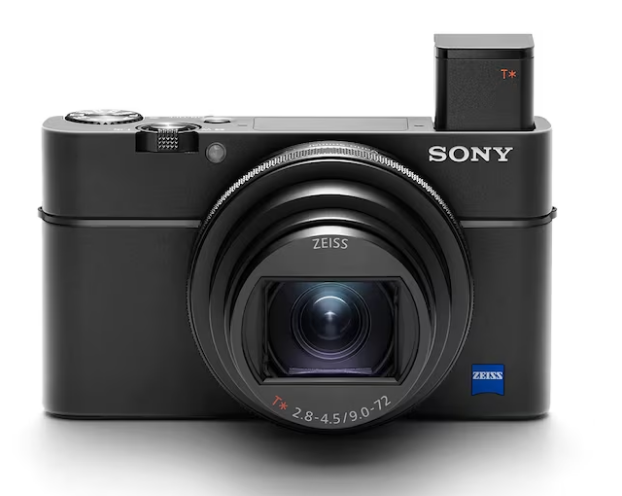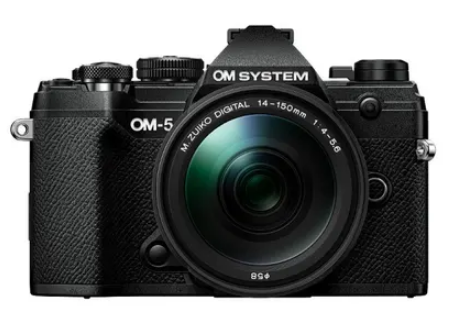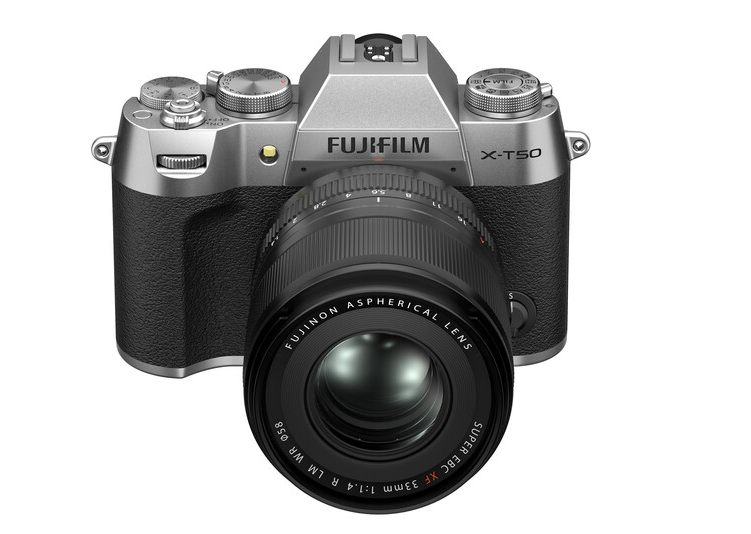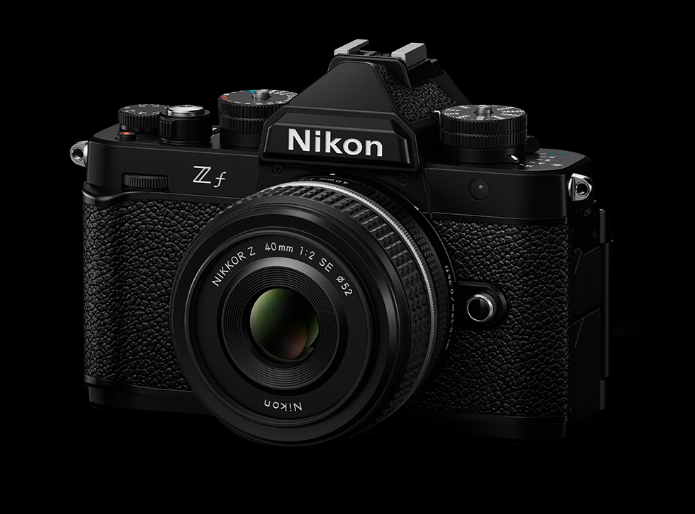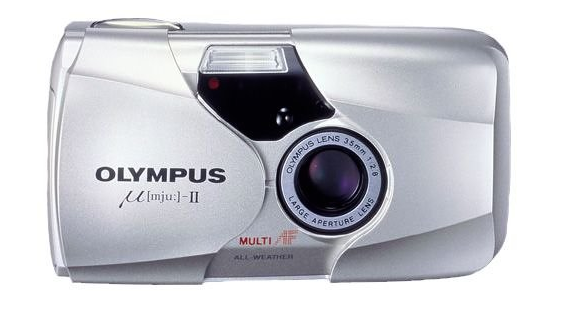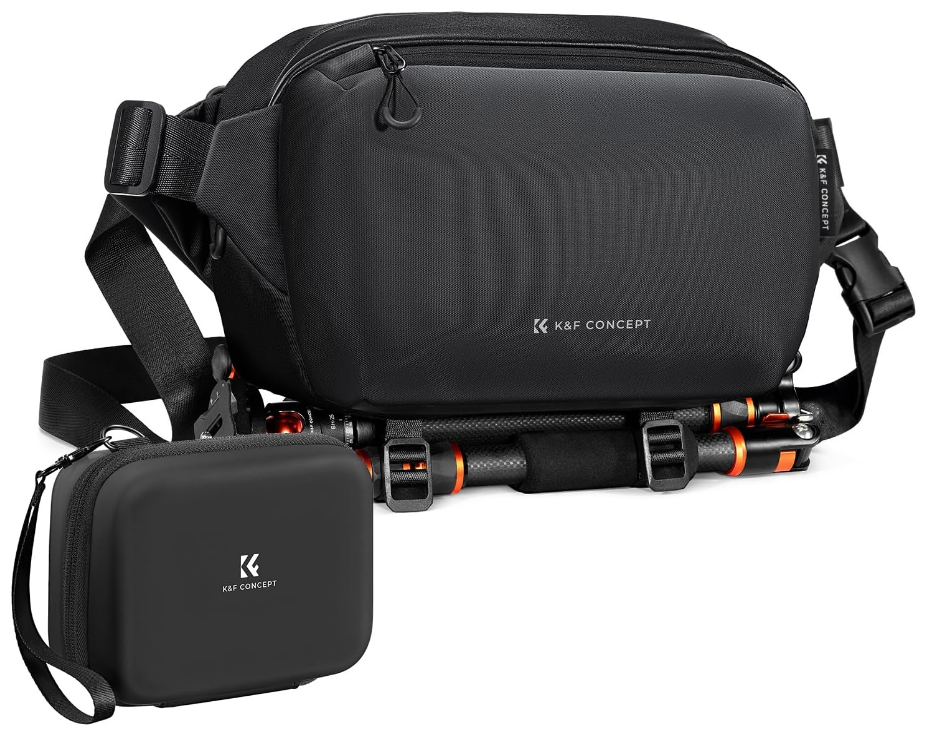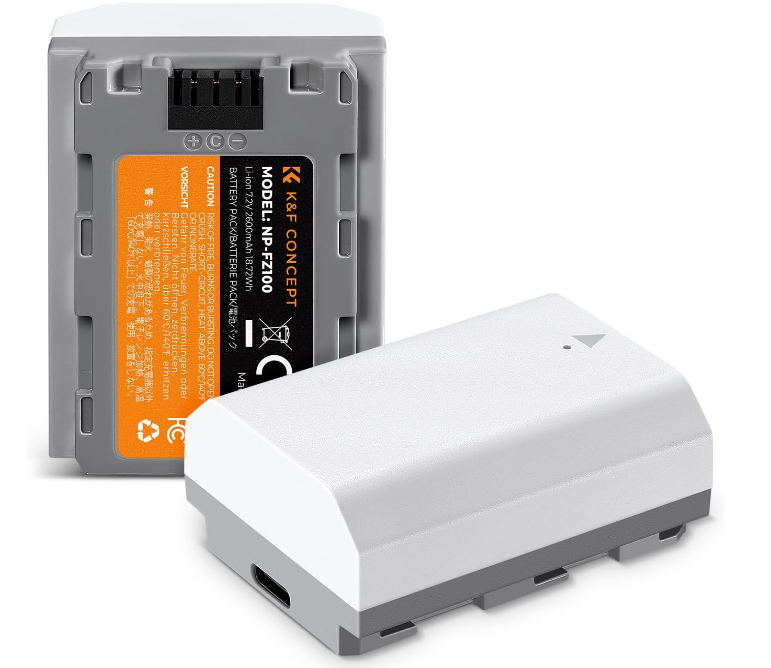The Best Travel Camera: A Comprehensive Guide
Friday 23 August 2024
 1.3k
1.3k
 Reproduction without the author's authorization is prohibited
Reproduction without the author's authorization is prohibited
Travel photography is more than just capturing moments; it's about telling a story. Whether you’re wandering through ancient cities, hiking across breathtaking landscapes, or simply strolling through a bustling market, having the right camera by your side can make all the difference. But with so many options available, finding the best travel camera can be overwhelming. This guide breaks down the key features that make a travel camera exceptional and provides recommendations for different types of travelers and photography enthusiasts.
Important Travel Camera Features
When choosing a travel camera, several factors come into play. While the camera’s image quality is crucial, there are other equally important aspects to consider:
Portability: A travel camera should be compact and lightweight, making it easy to carry around during long journeys. Portability is essential for those who want to capture spontaneous moments without being burdened by heavy equipment.
Versatility: Travel cameras should be adaptable to various shooting conditions, from low-light situations to fast-moving subjects. A versatile camera can handle diverse environments, whether you’re photographing cityscapes or wildlife.
Durability: Durability is a key consideration, especially if your travels take you off the beaten path. A robust camera that can withstand harsh weather conditions and occasional bumps or drops is invaluable.
Ease of Use: Travel cameras should be user-friendly, with intuitive controls and settings that allow you to quickly capture the perfect shot. Whether you’re an experienced photographer or a beginner, ease of use ensures you don’t miss those fleeting moments.
Connectivity: With the rise of social media, the ability to transfer photos quickly and easily is a must. Look for cameras with Wi-Fi or Bluetooth connectivity to make sharing your images seamless.
Now, let’s dive into the best travel cameras across different categories.
Best Point and Shoot Travel Camera: Sony RX100 VII
For travelers who want a compact camera that doesn’t compromise on quality, the Sony RX100 VII is a top contender. Despite its small size, this camera packs a punch with features that rival much larger and more expensive models.
Why It’s Great for Travel:
The Sony RX100 VII is renowned for its versatility and powerful performance in a compact body. With a 20.1MP 1-inch sensor and a fast 24-200mm equivalent lens, this camera handles everything from wide-angle landscapes to close-up portraits with ease. Its autofocus system is one of the best in its class, capable of tracking fast-moving subjects with precision. The built-in optical image stabilization ensures sharp photos, even in low light.
Portability is a standout feature here. The RX100 VII is small enough to fit in a pocket, making it ideal for those who want to travel light. Despite its size, the camera offers professional-level features, such as 4K video recording, making it suitable for vloggers and content creators on the go.
Key Features:
20.1MP 1-inch sensor
24-200mm f/2.8-4.5 lens
Real-time tracking and Real-time Eye AF
4K video recording with microphone input
Compact and lightweight design
The Sony RX100 VII’s combination of portability, performance, and advanced features makes it the perfect companion for any travel adventure.
Best MFT Camera for Travel: Olympus OM-5
Micro Four Thirds (MFT) cameras are a popular choice for travelers due to their balance of size, weight, and image quality. The Olympus OM-5 stands out as a top pick for those who prioritize these factors.
Why It’s Great for Travel:
The Olympus OM-5 is a versatile and robust camera that excels in both photography and videography. Its compact size and lightweight design make it easy to carry around, while the weather-sealed body ensures it can handle the rigors of travel, from sandy beaches to rainy forests.
The camera features a 20.4MP Live MOS sensor, which delivers excellent image quality with vibrant colors and fine details. The in-body image stabilization system is one of the best in its class, providing up to 6.5 stops of compensation. This makes it possible to capture sharp images even in low-light conditions without a tripod. The OM-5 also boasts a wide range of lenses, making it suitable for various types of photography, from landscapes to portraits.
For videographers, the Olympus OM-5 offers 4K video recording with a flat profile for easy color grading. Its articulating screen is perfect for vloggers who need to monitor themselves while recording.
Key Features:
20.4MP Live MOS sensor
5-axis in-body image stabilization
Weather-sealed body
4K video recording
Wide range of compatible lenses
The Olympus OM-5’s blend of portability, durability, and performance makes it an ideal travel camera for photographers who want flexibility without sacrificing quality.
Best APS-C Camera for Travel: Fujifilm X-T50
For those who prioritize image quality but still want a portable camera, the Fujifilm X-T50 is an excellent choice. This APS-C camera combines the retro charm of Fujifilm’s X-series with modern technology, making it a favorite among travel photographers.
Why It’s Great for Travel:
The Fujifilm X-T50 offers a 40MP X-Trans BSI CMOS sensor, delivering stunning image quality with excellent dynamic range and sharpness. Fujifilm’s renowned color science shines here, with film simulation modes that emulate classic film stocks. Whether you’re shooting vibrant street scenes or dramatic landscapes, the X-T50’s images have a unique character that stands out.
Despite its advanced features, the X-T50 is compact and lightweight, making it easy to carry on long trips. The camera’s build quality is solid, with a magnesium alloy body that feels robust without being heavy. Its intuitive controls, including dedicated dials for shutter speed, ISO, and exposure compensation, make it easy to adjust settings on the fly.
For video enthusiasts, the X-T50 offers 4K recording with high-quality internal audio capture. The tilting touchscreen is ideal for low-angle shots and selfies, adding to its versatility as a travel camera.
Key Features:
26.1MP APS-C sensor
Fujifilm film simulation modes
4K video recording
Compact and lightweight design
Tilting touchscreen
The Fujifilm X-T50’s blend of image quality, portability, and unique features makes it a standout choice for travel photographers who want both style and substance.
Best Full-Frame Camera for Travel: Nikon Zf
When it comes to full-frame cameras, the Nikon Zf strikes a perfect balance between performance and portability. Ideal for those who demand the highest image quality, this camera is built for serious photographers who want to capture every detail of their travels.
Why It’s Great for Travel:
The Nikon Zf is equipped with a 24.5MP full-frame sensor that delivers exceptional image quality, with rich colors, deep shadows, and stunning detail. Its dynamic range is impressive, allowing you to capture a wide variety of scenes, from bright sunlit landscapes to dimly lit interiors. The camera’s low-light performance is also noteworthy, thanks to its native ISO range of 100-51,200, expandable to ISO 204,800.
Despite being a full-frame camera, the Nikon Zf is remarkably compact and lightweight. The camera’s retro design, inspired by classic Nikon film cameras, adds to its appeal, making it a stylish companion for travel photography. The Zf also features in-body image stabilization, which helps reduce camera shake and ensures sharp images, even when shooting handheld.
The Nikon Zf’s video capabilities are equally impressive, offering 4K UHD recording at up to 60p. With its weather-sealed body, the camera is built to withstand the elements, making it a reliable choice for all types of travel adventures.
Key Features:
24.5MP full-frame sensor
5-axis in-body image stabilization
4K UHD video recording
Compact and lightweight design
Retro-inspired design
The Nikon Zf’s combination of full-frame image quality, portability, and durability makes it an excellent choice for travel photographers who want to capture every detail of their journey.
Best 35mm Film Camera for Travel: Olympus MJU-II
For those who appreciate the timeless charm of film photography, the Olympus MJU-II is the ultimate travel companion. This 35mm film camera is beloved by enthusiasts for its simplicity, compact design, and excellent image quality.
Why It’s Great for Travel:
The Olympus MJU-II is a point-and-shoot film camera that offers outstanding image quality in a tiny, pocketable form. Its 35mm f/2.8 lens is sharp and fast, producing beautiful, crisp images with vibrant colors and rich contrasts. The camera’s autofocus is quick and accurate, making it easy to capture moments on the go.
One of the standout features of the MJU-II is its weatherproof design, which adds to its durability. This makes it ideal for traveling in various conditions, from sunny beaches to rainy streets. The camera’s simplicity is part of its charm—just point and shoot, and you’ll get excellent results with minimal effort.
Film photography offers a different experience from digital, with its slower pace and the anticipation of waiting for your photos to be developed. For travelers who want to connect with their surroundings and capture memories in a more deliberate way, the Olympus MJU-II is a perfect choice.
Key Features:
35mm f/2.8 lens
Compact and lightweight design
Weatherproof body
Simple point-and-shoot operation
Excellent image quality
The Olympus MJU-II blend of simplicity, portability, and film quality makes it a timeless option for travel photographers who love the analog experience.
Summary
Compact cameras are destined to not be able to accommodate all the technologies of manufacturers due to the limited space in the body. For example, the most typical example is that compact cameras cannot use large-capacity batteries. Because compact cameras give priority to portability and size, large-capacity batteries or battery expansion handles are not common on compact cameras.
Therefore, in order to avoid missing out on beautiful scenery due to a dead camera when traveling or hiking, it is best to carry spare batteries in your backpack. Most people buy compact camera bags to facilitate outdoor photography, but carrying a heavy camera backpack to carry a compact camera is undoubtedly putting the cart before the horse. Therefore, you should use an equally light and compact camera sling bag.
Statement: all contents and remarks made by K&F CONCEPT 's intranet friends only represent themselves and do not reflect any K&F CONCEPT 's opinions and views.
-
 8 Effects Filters That Can Improve Your Video QualityMonday 10 February 2025
8 Effects Filters That Can Improve Your Video QualityMonday 10 February 2025 -
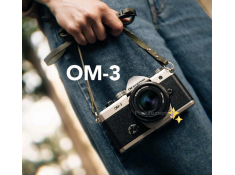 OM SYSTEM OM-3: Spy photos and to be released on February 6Wednesday 05 February 2025
OM SYSTEM OM-3: Spy photos and to be released on February 6Wednesday 05 February 2025 -
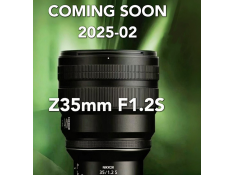 Nikon AF35mm F1.2S lens is about to be releasedTuesday 04 February 2025
Nikon AF35mm F1.2S lens is about to be releasedTuesday 04 February 2025 -
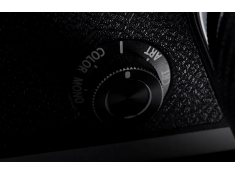 OM SYSTEM will release OM3 on February 6Thursday 23 January 2025
OM SYSTEM will release OM3 on February 6Thursday 23 January 2025 -
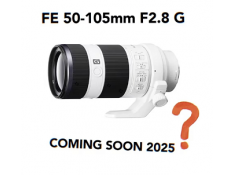 Lens in rumor:the Sony FE50-105mm F2.8GWednesday 22 January 2025
Lens in rumor:the Sony FE50-105mm F2.8GWednesday 22 January 2025



